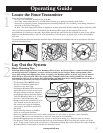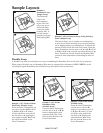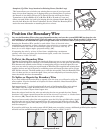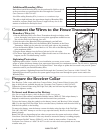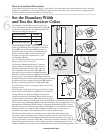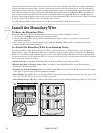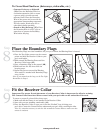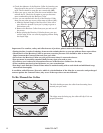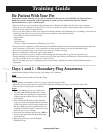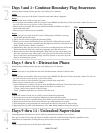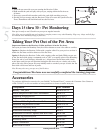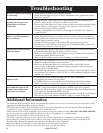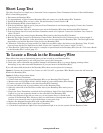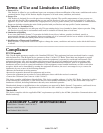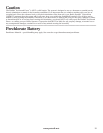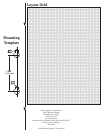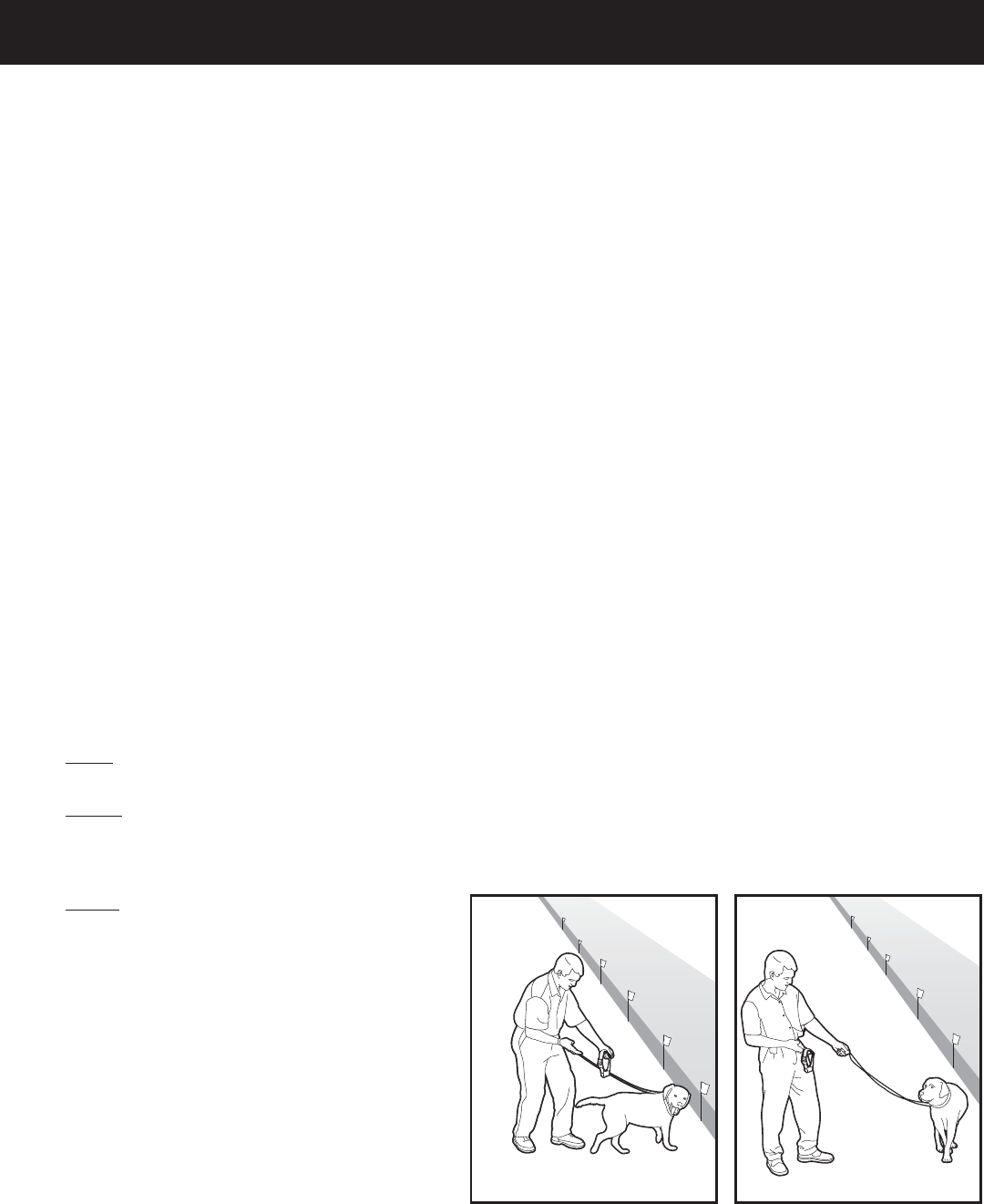
www.petsafe.net 13
Training Guide
Be Patient With Your Pet
Important: Proper training of your pet is essential to the success of the PetSafe
®
In-Ground Fence
™
.
Read this section completely before beginning to train your pet. Remember that the PetSafe
®
In-Ground Fence
™
is not a solid barrier.
• Have fun with your pet throughout the training process. Training should be fun, fair, firm and consistent.
• Train for 10 to 15 minutes at a time. Don’t try to do too much too quickly. More-frequent short sessions are
better than less-frequent longer sessions.
• If your pet shows signs of stress, slow down the training schedule, add additional days of training, or increase the
amount of play time with your pet in the Pet Area. Common stress signals include:
- Pet pulling on leash toward the house
- Ears tucked
- Tail down
- Body lowered
- Nervous / frantic movement or stiffening of pet’s body
• Your pet must be completely comfortable near the Boundary Flags at the end of every training session. Spend at
least 5 minutes of “play time” at the completion of each session within 10 feet of the Boundary Flags.
• Finish each training session on a positive note with lots of praise and play.
• Remove the Receiver Collar after each training session.
• Be sure to contain your pet by another means during the training period (e.g. pen, tie-out, leash, etc.).
• During training, if you need to take your pet out of the Pet Area, remove the Receiver Collar and either pick your
pet up or put him in the car to pass out of the Pet Area.
• Even if you think your pet is responding well to the training, complete the entire training. Reinforcement is
important!
__________________________________________________
Days 1 and 2 - Boundary Flag Awareness
Perform three training sessions per day, each lasting 10-15 minutes.
Goal:
To familiarize your pet with the Boundary Flags.
Setup:
• Put a separate non-metallic collar on your pet’s neck and attach a leash.
• Have tiny pieces of treats that your pet will fi nd desirable available (hot dogs or lunch meat work well).
• Have your pet’s favorite play toy available.
Steps:
1. Begin by walking your pet on a leash in the
Pet Area while holding the Receiver Collar in
one hand but not touching the Contact Points.
Calmly praise and talk to your pet. Keep your
mood happy.
2. Move toward the Boundary Flags allowing
your pet to hear the beeping from the Receiver
Collar. Just before your pet’s head reaches the
fl ag line (10A), give him a quick horizontal or
downward “jerk and release” correction on the
leash. Do not correct verbally.
3. Lead your pet back into the Pet Area (10B) to
about 15 feet away from the Boundary Flags
and praise him.
4. Repeat this process at several different
Boundary Flags.
10A 10B
Phase
1



